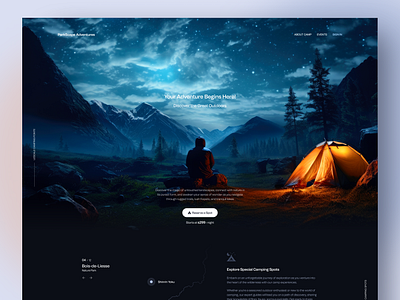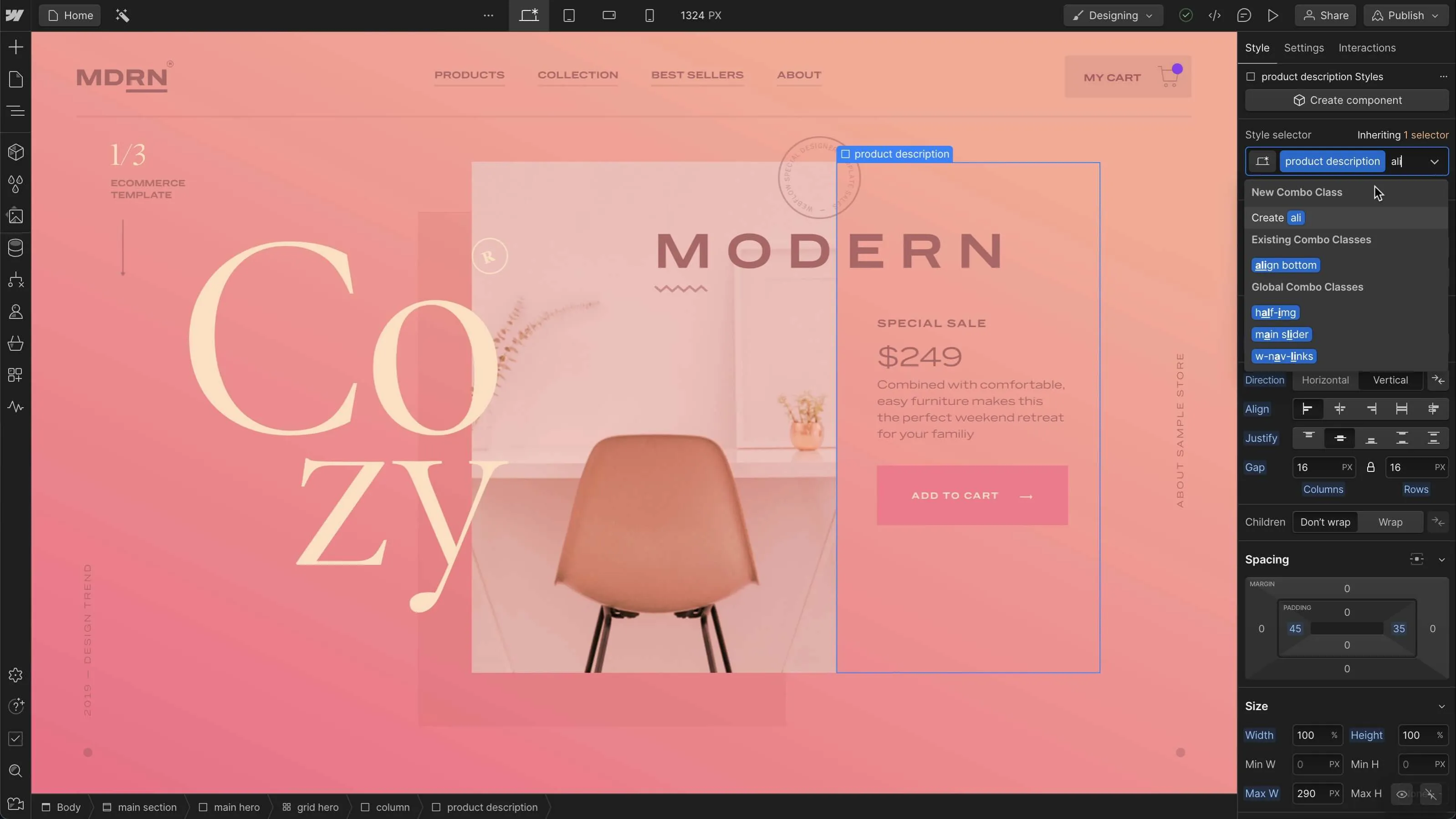Website Design for E-commerce: Best Practices for a Seamless Shopping Experience
Website Design for E-commerce: Best Practices for a Seamless Shopping Experience
Blog Article
Modern Internet Site Design That Records Focus and Converts
In a progressively electronic landscape, modern-day internet site design has actually emerged as a pivotal factor in recording user interest and driving conversions. As we discover these important elements, it becomes clear that comprehending their interaction can dramatically impact a web site's performance and individual complete satisfaction.
Relevance of Visual Pecking Order
Aesthetic pecking order is an important aspect in web site layout, as it overviews individuals' focus and enhances their general experience. By purposefully arranging material, designers can guide customers to one of the most essential details first, thus raising engagement and improving functionality. Reliable aesthetic hierarchy utilizes numerous methods, consisting of size, contrast, spacing, and color. Bigger aspects normally attract the eye, while contrasting colors can emphasize essential messages, making them stand apart amongst more suppressed elements.
Including a sensible flow in material arrangement is vital; for circumstances, placing the most important info at the top of a web page cultivates prompt acknowledgment. Furthermore, constant use typography, such as differing font sizes and designs, aids establish a clear content framework. This company not only help in navigation yet also builds depend on, as customers really feel a lot more comfortable when they can conveniently locate what they are searching for.
Eventually, a well-executed aesthetic hierarchy not only improves visual allure yet likewise substantially impacts user behavior. By focusing on necessary elements and making certain a smooth experience, designers can effectively convert site visitors into customers, reinforcing the importance of this foundational style concept in contemporary site development.
Responsive Design for All Devices
Creating a smooth experience across numerous gadgets is crucial in today's digital landscape, where customers accessibility websites from tablet computers, smart devices, and desktop computers alike. Receptive style is a vital method that guarantees sites adjust fluidly to different display resolutions, alignments, and dimensions. By utilizing versatile grids, photos, and CSS media queries, developers can develop designs that maintain aesthetic honesty and capability, no matter of the tool being used.
The importance of receptive design extends beyond appearances; it straight affects customer involvement and conversion prices. A website that operates well on all tools motivates longer sees and reduces bounce prices, as individuals are most likely to connect with content that is simple to navigate. Moreover, online search engine, specifically Google, prioritize mobile-friendly sites in their rankings, making responsive design an important element of search engine optimization (SEARCH ENGINE OPTIMIZATION)
Including receptive style not only enhances customer experience but likewise improves the growth procedure. By creating a single website that functions across devices, businesses can save time and sources compared to establishing different mobile and desktop computer variations. Eventually, responsive style is an essential method for contemporary site layout, making sure ease of access and fulfillment for all customers, no matter their gadget.
Involving Interactive Components
While a receptive style lays the foundation for a practical internet site, incorporating appealing interactive elements is vital for recording user interest and promoting deeper connections. Website Design. Interactive components, such as animations, tests, and clickable infographics, create an extra dynamic user experience, motivating visitors to spend even more time on the site
Integrating interactive functions can also direct individuals with complicated info, making it less complicated to digest material. For instance, interactive sliders can show item variations, while ingrained video clips can give demonstrations or endorsements that resonate greater than fixed photos or message. Furthermore, gamification strategies, like rewards for completing tasks or involving with web content, can enhance user inspiration and retention.
Effective usage of interactive components not only enriches the customer experience however can likewise lead to greater conversion prices. It is necessary to balance interactivity with internet performance; overly complicated functions might hinder website speed, negatively affecting individual complete satisfaction.
Streamlined Navigation Practices
Reliable navigating is a keystone of any successful website, as it directly affects individual experience and material availability. Structured navigating methods make certain that individuals can quickly situate info, enhancing their interaction with the site. A well-structured navigating menu need to be basic and intuitive, normally including a limited variety of primary categories to stay clear of frustrating visitors.
To accomplish structured navigating, designers ought to prioritize an ordered framework that realistically organizes material. Executing see page breadcrumb trails can supply individuals with context about their current area within the site, enabling seamless backtracking. Additionally, using drop-down menus can efficiently preserve space while still giving accessibility to subcategories.
Responsive layout is crucial, as navigating needs to be practical throughout all tools (Website Design). Mobile individuals, particularly, take advantage of touch-friendly food selections and collapsible areas that maintain usability without jeopardizing appearances

Reliable Call-to-Action Approaches
A well-crafted call-to-action (CTA) is essential for assisting customers towards wanted outcomes on a web site, as it encourages them to engage with web content or buy. To maximize their efficiency, CTAs need to be clear, engaging, and strategically positioned throughout the website.
First, make use of action-oriented language that interacts urgency or worth, such as "Get going," "Join Currently," or "Claim Your Discount." This language not just encourages customers but also establishes clear assumptions regarding the following steps.
Second, consider layout components; CTAs need to stand out visually via contrasting shades, enough whitespace, and prominent positioning. A button that is very easy to see and click increases the probability of individual communication.
Furthermore, customizing CTAs based upon individual behavior or demographics can substantially improve involvement. Tailored messages resonate extra with users, driving visit this page greater conversion rates.

Final Thought
These elements jointly enhance individual experience, guaranteeing that visitors continue to be involved and inspired to discover web content further. By prioritizing these design concepts, services can dramatically enhance individual retention and conversion prices, eventually leading to greater success in the digital landscape.
In an increasingly electronic landscape, modern-day web site layout has emerged as a crucial variable in capturing customer attention and driving conversions.Aesthetic pecking order is an essential aspect in web site design, as it overviews users' interest and improves their total experience.The importance of responsive style extends past visual appeals; it straight affects user interaction and conversion rates.Incorporating responsive layout not only boosts user experience but also enhances the development process. Ultimately, receptive layout is a basic technique for modern-day website layout, making sure ease of access and satisfaction for all users, regardless of their gadget.
Report this page